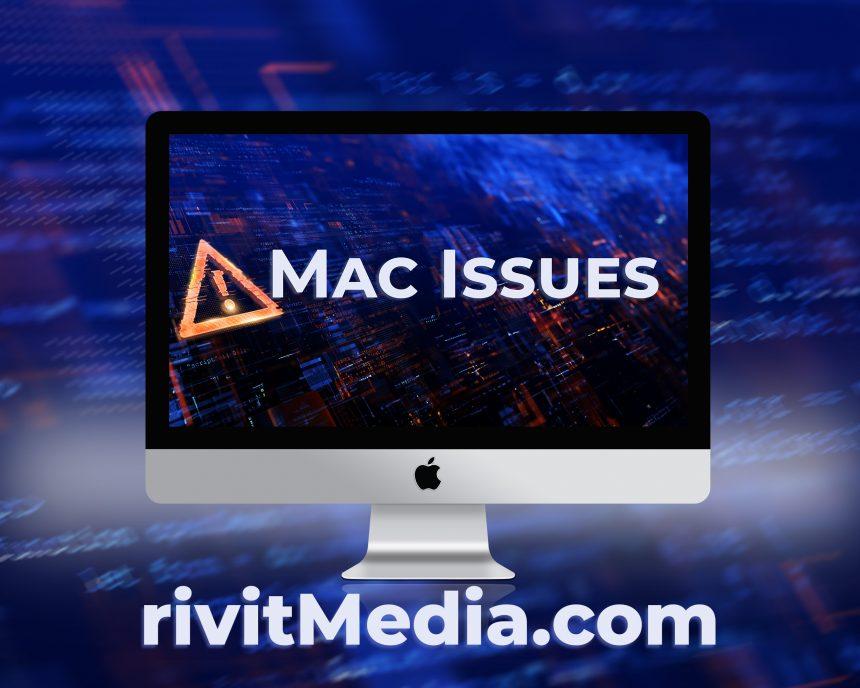Adware remains a persistent nuisance, often infiltrating systems under the guise of legitimate software. ActiveSource Adware, a prevalent strain targeting macOS users, exemplifies this trend. Despite its seemingly innocuous appearance, this adware can wreak havoc on your system, bombarding you with intrusive ads, compromising your privacy, and potentially exposing you to further security risks.
Understanding ActiveSource Adware
ActiveSource Adware operates by stealthily embedding itself into your system, typically through deceptive installation methods. Once infiltrated, it conducts a range of malicious activities, including but not limited to:
- Displaying Intrusive Ads: The primary objective of ActiveSource Adware is to inundate users with unwanted advertisements. These ads can manifest as pop-ups, banners, or in-text ads, disrupting your browsing experience and potentially leading you to malicious websites.
- Collecting User Data: In its quest to generate targeted ads, ActiveSource Adware often harvests sensitive user information, such as browsing history, search queries, and even personally identifiable details. This invasion of privacy not only compromises your personal data but also exposes you to the risk of identity theft and other cybercrimes.
- Diminishing System Performance: Adware strains like ActiveSource can significantly degrade your system’s performance by consuming valuable resources, slowing down your device, and causing frequent crashes or freezes.
Detection and Similar Threats
ActiveSource Adware may be detected by various security tools under different names, including:
- OSX/ActiveSource
- OSX/Adware_ActiveSource
- Adware.ActiveSource
Similar threats to ActiveSource Adware include:
- Adload
- Shlayer
- CrescentCore
Removal Guide
To eradicate ActiveSource Adware from your macOS system, follow these comprehensive steps:
- Quit Suspicious Applications: Close any suspicious applications or processes running on your system, especially those that seem to be related to adware activity.
- Delete Relevant Files and Folders:
- Navigate to the Applications folder and drag any suspicious applications to the Trash.
- Go to the Library folder (~/Library) and remove any related files or folders associated with ActiveSource Adware.
- Similarly, check the Library folder at the root level of your hard drive (/Library) for any system-wide installations of the adware.
- Reset Web Browsers:
- For Safari: Go to Safari > Preferences > Privacy, then click on “Remove All Website Data.”
- For Chrome: Navigate to Chrome > Clear Browsing Data, select the appropriate time range, and clear browsing data.
- Remove Browser Extensions:
- Open your web browser and navigate to the Extensions or Add-ons menu.
- Locate any suspicious extensions related to ActiveSource Adware and remove them.
- Reset DNS Settings:
- Go to System Preferences > Network > Advanced > DNS.
- Remove any suspicious DNS servers and click on “Apply.”
- Empty Trash: Once you’ve deleted all relevant files and applications, empty the Trash to permanently remove them from your system.
Preventative Measures
To minimize the risk of future adware infections, consider implementing the following best practices:
- Exercise Caution When Downloading Software: Only download applications from reputable sources, and always scrutinize the installation process to avoid inadvertently installing bundled adware.
- Keep Software Updated: Regularly update your operating system and applications to patch any known vulnerabilities that adware could exploit.
- Enable Security Features: Activate built-in security features such as Gatekeeper and XProtect to prevent the installation of malicious software.
- Use Ad Blockers: Consider using ad-blocking browser extensions to mitigate the risk of encountering malicious ads online.
By adhering to these preventative measures and staying vigilant, you can safeguard your macOS system against the insidious threat of adware like ActiveSource.





